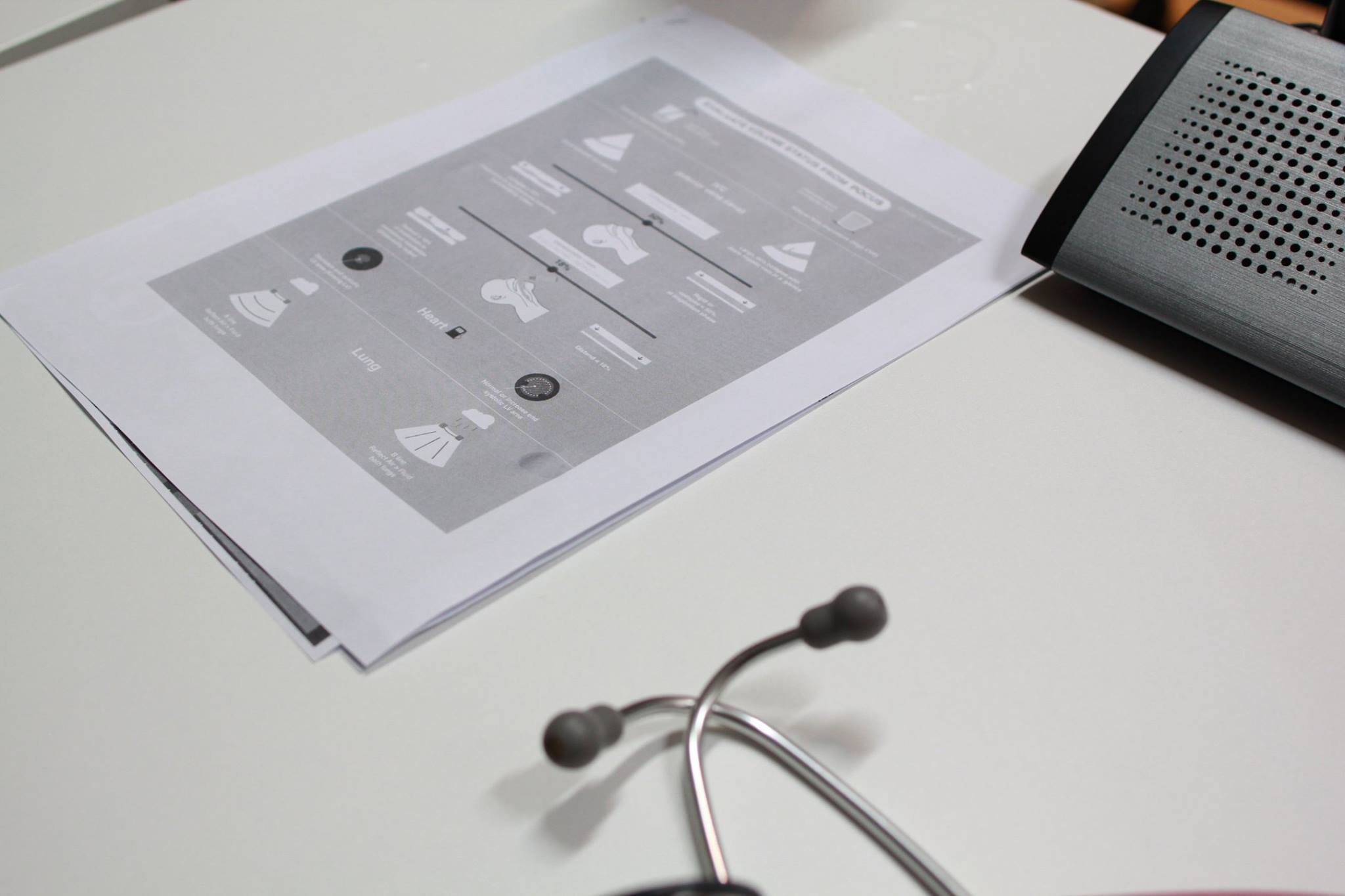RESEARCH PROJECT & PUBLICATION

เพื่อให้การดูแลผู้ป่วยได้มาตรฐานสากล และมีการพัฒนาอย่างยั่งยืน ทางหน่วยเวชศาสตร์ฉุกเฉิน จึงมีการวางแผนงานการทำวิจัยอย่างต่อเนื่อง
ปัจจุบันมีแผนงานวิจัยในหัวข้อดังต่อไปนี้
1. Rapid sequence intubation technique compare in Experince hand and young blood emergency doctors.
2. Ultrasound resuscitaion to improve critical patients.
3. Should we use lactate for the answers in Septic patients.
4. Painless ED, time for procedural sedation.
Publication
Key operational characteristics in emergency department observation units: a comparative study between sites in the United States and Asia.
Atthasit Komindr, Christopher W Baugh, Shamai A Grossman and J Stephen Bohan International Journal of Emergency Medicine 2014, 7:6
To improve efficiency, emergency departments (EDs) use dedicated observation units (OUs) to manage patients who are unable to be discharged home, yet do not clearly require inpatient hospitalization. However, operational metrics and their ideal targets have not been created for this setting and patient population. Variation in these metrics across different countries has not previously been reported. This study aims to define and compare key operational characteristics between three ED OUs in the United States (US) and three ED OUs in Asia.
A randomized controlled trial of adding intravenous pantoprazole to conventional treatment for the immediate relief of dyspeptic pain
Khrongwong Musikatavorn MD, Ploykaew Tansangngam MD, American Journal of Emergency Medicine (2012) 30, 1737–1742
Acute, severe dyspeptic pain is a common condition in the emergency department. Despite the traditional “GI cocktail” (GI indicates gastrointestinal), an intravenous (IV) proton pump inhibitor (PPI), a novel acid-lowering drug, has recently been used to treat this condition. The aim of this study was to evaluate the immediate effect of IV pantoprazole in addition to the conventional GI cocktail in the relief of severe dyspeptic pain.
Risk factors of extended-spectrum beta-lactamase-producing Enterobacteriaceae bacteremia in Thai emergency department: a retrospective case-control study.
Musikatavorn K, Chumpengpan C, Sujinpram C. Asian Biomedicine 2011:5,129-138.
Background: Infections caused by resistant extended-spectrum beta-lactamase (ESBL)-producing enteric bacteria and their risk factors are globally recognized. However, such risk factors have not been explored in emergency department (ED) where the first choice of empirical antimicrobials is crucial. Objective: Determine risk factors of ESBL bacteremia in ED, especially in our geographic area.
Young woman with epigastric pain.
Musikatavorn K, Saoraya J. Ann Emerg Med. 2017;69:e25-e26. PMID: 28335930.
A 21-year-old woman who had intermittent history of acid-related dyspeptic pain presented to the emergency department with 5 days of worsening colicky epigastric pain and occasional vomiting. The patient had been treated with oral antacid medications, without improvement. She had not experienced any traumatic event. Her physical examination showed normal vital signs but was pertinent for mild tenderness over the epigastric and left upper abdomen, without abnormal peritoneal signs.
Effect of predischarge blood pressure on follow-up outcomes in patients with severe hypertension in the ED.
Nakprasert P, Musikatavorn K, Rojanasarntikul D, Narajeenron K, Puttaphaisan P, Lumlertgul S. Am J Emerg Med. 2016;34:834-9. PMID:26874395
Background : Although emergency department (ED) patients with asymptomatic severe hypertension (ASH) generally have no serious short-term hypertension-related adverse events, it is unclear whether persistently high discharge blood pressure (BP) affects the outcome due to the dynamic nature of BP. Objectives : This study aims to investigate the effect of predischarge BP on short-term follow-up results for ED patients with ASH.